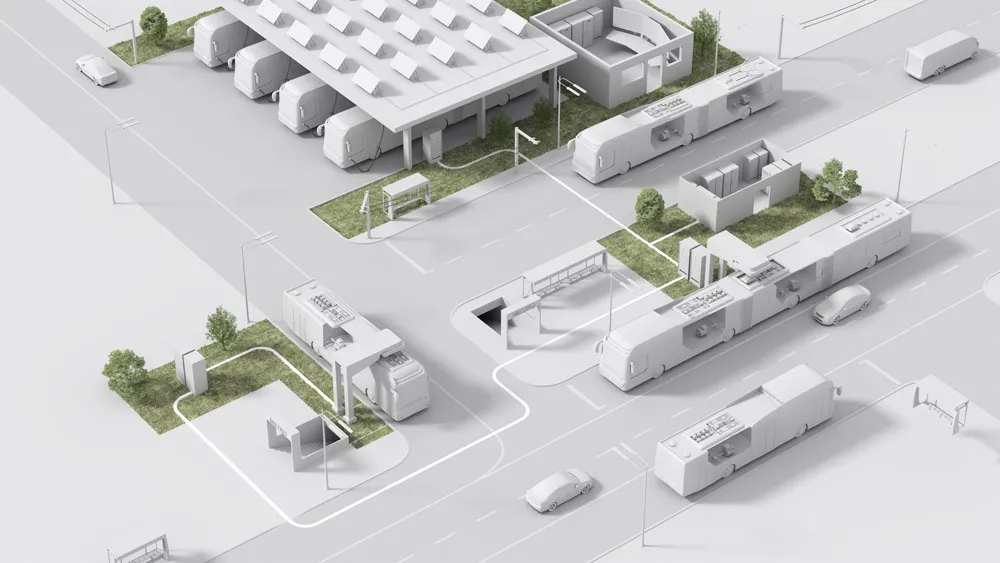The ports of Los Angeles and Long Beach are testing efficiency software for the next six months to streamline traffic and improve air quality.
The Freight Advanced Traveller Information Program is expected to reduce traffic congestion during peak hours by improving the information flow between truck fleets and port terminals, according to the ports.
“By using Bluetooth proximity readers in and around the marine terminal in conjunction with dynamic routing, the system can communicate where congestion i
December 12, 2013
Read time: 2 mins
The ports of Los Angeles and Long Beach are testing efficiency software for the next six months to streamline traffic and improve air quality.
The Freight Advanced Traveller Information Program is expected to reduce traffic congestion during peak hours by improving the information flow between truck fleets and port terminals, according to the ports.
“By using Bluetooth proximity readers in and around the marine terminal in conjunction with dynamic routing, the system can communicate where congestion is to truckers and dispatchers. Using this information allows us to plan terminal visits in a way that can assist all parties in moving containers more efficiently,” Harbor Trucking Association president Michael Johnson said in a statement.
The real-time information will allow drivers and schedulers to reroute and reschedule according to current roadway conditions in the port and on freeways.
The project is public/private collaboration funded by the324 US Department of Transportation (DOT) 321 Research and Innovative Technology Administration and partners including Harbor Trucking Association, Port Logistics Group, Yusen Terminals and 5673 Cambridge Systematics.
“If the demonstration is deemed successful by the stakeholders and implemented here on a larger scale, we can expect to see reduced congestion in peak hours and at key choke points. That translates directly into improvements in mobility and air quality for the region,” Cambridge Systematics Principal Mark Jensen said in a statement.
The test began on 11 December, and once completed, DOT will publish the results of an independent assessment.
The Freight Advanced Traveller Information Program is expected to reduce traffic congestion during peak hours by improving the information flow between truck fleets and port terminals, according to the ports.
“By using Bluetooth proximity readers in and around the marine terminal in conjunction with dynamic routing, the system can communicate where congestion is to truckers and dispatchers. Using this information allows us to plan terminal visits in a way that can assist all parties in moving containers more efficiently,” Harbor Trucking Association president Michael Johnson said in a statement.
The real-time information will allow drivers and schedulers to reroute and reschedule according to current roadway conditions in the port and on freeways.
The project is public/private collaboration funded by the
“If the demonstration is deemed successful by the stakeholders and implemented here on a larger scale, we can expect to see reduced congestion in peak hours and at key choke points. That translates directly into improvements in mobility and air quality for the region,” Cambridge Systematics Principal Mark Jensen said in a statement.
The test began on 11 December, and once completed, DOT will publish the results of an independent assessment.









